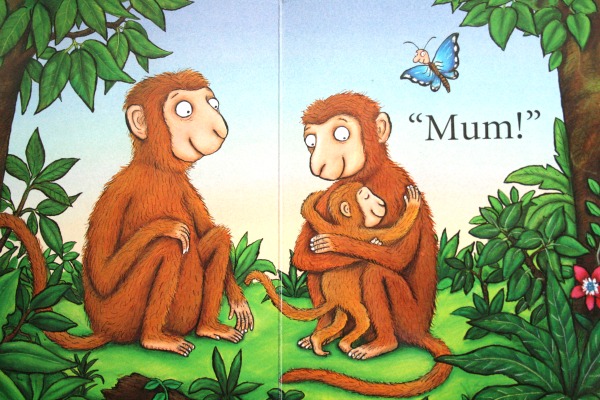This story is about a little girl, Handa, who lives in an African village carrying a basket of fruit on her head to her friend Akeyo who lives in a neighbouring village. She does not notice the succession of animals who, one by one, take a piece of fruit from her basket until there is nothing left! Fortunately there is a last minute twist in the plot which means that Akeyo is not disappointed.
The story would make a great starting point for learning about the needs of living things linked to diet and the specific needs of humans. This could be compared to the diets of the other animals in the book and would be a relevant context for secondary research. Children could also find out which African animals are carnivores to compare with the ones in the story. A lot of the resources suggested here are specifically linked to human dietary needs, specifically the need to eat plenty of plant based foods.
Children could also be supported to write a different version of the story set in another continent. What animals could feature in a UK based story? What fruit and vegetables might be found in the basket?
Teaching Ideas and Resources:
English
- Before reading the story, look at the title and cover. Predict what the surprise might be. Then, read the blurb on the back cover? does this give any more clues about the surprise?
- The story is full of questions. Look at the use of question marks in the story. Can you write your own questions and put a question mark in the correct place?
- Retell the story in the form of a storyboard with captions and speech bubbles for each character / animal.
- Rewrite the story from Handa's point of view. What does she think happened to the original fruit in her basket?
- Make a list of vocabulary to describe the animals and / or fruit that appear in the story.
- Write a review of the story, giving your opinions about what you liked / didn't like.
- Try to make a similar story where a child organises a surprise for somebody else, but there is a surprise for them at the end of the story.
Maths
- Weigh a selection of different fruit and vegetables. Can you put them in order from lightest to heaviest?
- Gather some fruit and use this for data handling activities… What is the favourite type of fruit in the class? Make a graph to show how far each type of fruit has travelled from its country of origin. What is the average number of grapes in a bunch?
Science
- Find out about the fruits Handa gathered for her friend. What vitamins do they have in them?
- Find out about the animals that appear in the story. Where do they live? What do they like to eat?
Computing
- Could you act out the story and take digital photos to retell it?
Art
- Collect some fruit and vegetable into a basket and draw it. What colours / textures will you need to show?
Geography
- Draw a map showing Handa's route to see Akeyo and add pictures which shows the events which took place along the way.
- Research where the fruit in Handa's basket comes from. You could also look at the packaging / labels of fruit in your local shops. Where is the country of origin for each type? Can you plot these on a map?
- The story is based in south-west Kenya. Can you find this on a map? Can you find out more about the country? How is it similar / different to where you live? Watch this travel guide about Kenya for some ideas:
Languages
- Can you find out the names for each fruit or animal in a different language?











